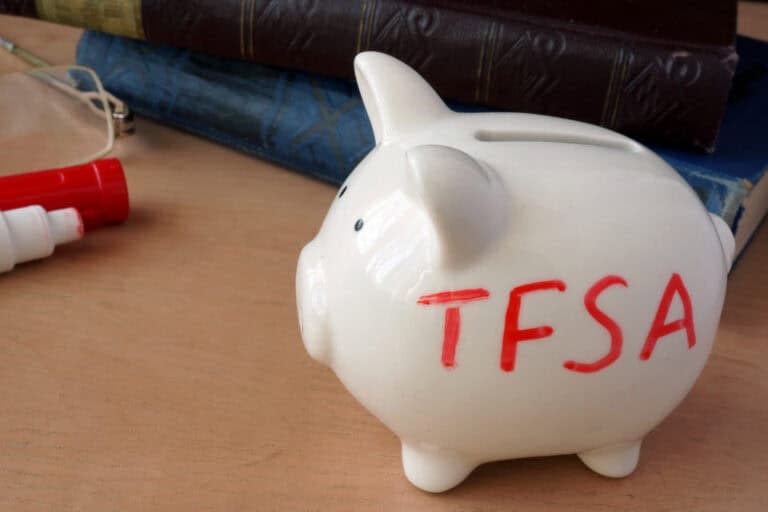Here’s the Average TFSA Balance at Age 64 in Canada

Written by Chris MacDonald at The Motley Fool Canada
The Tax Free Savings Account (or TFSA) has certainly become one of the most important financial tools for Canadians to utilize. Since its inception in 2009, many retirees (or those entering retirement) have taken advantage of this tool in a bid to save on taxes once the time comes to withdraw funds.
Unlike RRSP contributions, in which savers get a tax break upfront (but then need to pay taxes on the back end when they start pulling distributions), a TFSA acts differently. Investments are made with post-tax income, which means all future gains (including the growth of these investments) can be had tax-free at retirement. For many retirees, that can be a massive benefit, considering how high some investments can run over a long period of time.
For those looking to estimate where they may be at age 64 if they contribute regularly to their TFSA, let’s dive into what the data show right now.
Average TFSA balance at age 64
According to a 2023 study carried out by the Canadian Institute of Chartered Accountants (CICA), the average TFSA balance for Canadians aged 64 was approximately $150,000. That’s certainly a decent sum of money, and it isn’t anything to scoff at. Those are tax-free dollars as well, which means retirees that don’t need to pull that money out could leave it in their TFSA and take RRSP distributions, having this capital set aside as a “back up plan” of sorts in retirement.
However, it’s also worth noting that this fund has only been available for the past 15 years, and so younger investors looking to estimate what they’ll have at age 64 have different factors to work with. Additionally, this data is based on average balances – as many investors know, median and mean can vary wildly, and I anticipate that’s the case given the discrepancy in individual savings habits, income levels, and investment strategies.
Total contribution room over the past 15 years totals $95,000, which means that those who saved regularly have seen at least 50% portfolio growth over this timeframe. That’s great, but there are certainly ways to get much higher growth over the long term.
Factors that influence the size of a TFSA balance
As mentioned, there are a number of key factors to take into consideration when it comes to estimating what a particular investor could have in their TFSA over time.
Age is the most obvious factor. The age at which investors start putting capital into this fund (and the size of these investments at younger ages) will impact overall growth over a long period of time. As the saying goes, starting early and contributing often are among the most important factors to consider when setting up a TFSA.
The investment strategy chosen by those taking a long-term view of the markets also matters. TFSA accounts disproportionately favour growth investments. So, for those looking to add higher-growth (and higher-risk) investments to their portfolio, doing so in a TFSA can be a great way to capitalize on tax-free growth.
The post Here’s the Average TFSA Balance at Age 64 in Canada appeared first on The Motley Fool Canada.
What Stocks Should You Add to Your Retirement Portfolio?
The Motley Fool Stock Advisor Canada analyst team just identified what they believe are the 10 best stocks for investors to buy now. The 10 stocks that made the cut could produce monster returns in the coming years, potentially setting you up for a more prosperous retirement.
Consider when "the eBay of Latin America," MercadoLibre, made this list on January 8, 2014 ... if you invested $1,000 at the time of our recommendation, you’d have $18,111.92.*
Stock Advisor Canada provides investors with an easy-to-follow blueprint for success, including guidance on building a portfolio, regular updates from analysts, and two new stock picks each month – one from Canada and one from the U.S. The Stock Advisor Canada service has outperformed the return of S&P/TSX Composite Index by 27 percentage points since 2013*.
See the 10 stocks * Returns as of 5/22/24
More reading
2024

 Yahoo Finance
Yahoo Finance 